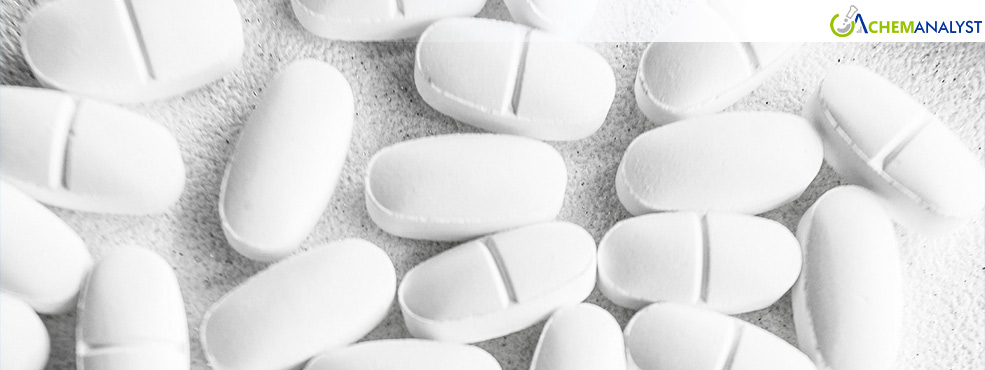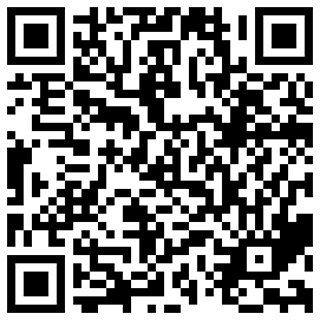Rifaximin Prices Continue to Fluctuate in China Due to Strong Demand and Supply Chain Challenges
- 21-Mar-2025 5:00 PM
- Journalist: Henry Locke
The price of Rifaximin, a broad-spectrum, oral antibiotic, in the Chinese market increased during the first half of March 2025, further extending its bullish trend that had been unrolling since January 2025. ChemAnalyst had predicted that the upward movement would continue during the rest of the month. The price increase was driven by strong demand, strong supply chains, as well as the general economic climate that is impacting the pharma industry.
Key Takeaways
-
The rates of Rifaximin continued to rise in March 2025 due to strong demand and solid supply chains.
-
China Manufacturing PMI increased in February, stimulating the demand for pharmaceutical intermediates.
-
Active restocking of Rifaximin following the Lunar New Year created supply shortages and pushed prices up.
-
U.S. trade tariffs and China's countermeasures led to supply chain uncertainties, which affected international trade.
According to industry experts, the key driver of this price hike of Rifaximin is the ongoing rebounding of China's manufacturing sector. The NBS data showed Manufacturing PMI climbed to 50.2 in February 2025 from 49.1 in January. This is above market expectations of 49.9. This rebound has led to increased demand for more pharmaceutical intermediates, thus putting upward pressure on Rifaximin prices.
The Chinese Lunar New Year holiday period was a strong driver of the reorganization of the market. The traditional practice of Chinese manufacturers stocking out their inventories before the holiday is in expectation of a post-festival pick-up in output. As soon as the holiday season is over, producers replenish their inventories aggressively as production returns to peak capacity. The aggressive replenishment of inventories has put pressure supply, which has put upward pressure on the price of Rifaximin.
Besides the complexity of market forces, international trade policies have introduced more volatility in the prices of pharmaceutical API’s including Rifaximin. The United States government's introduction of a 10% tariff hike on Chinese imports at the beginning of February and China's retaliatory trade measures have introduced uncertainties into global supply chains. The uncertainties have subdued foreign buying interest, limited cross-border demand, and imposed additional costs on importers.
Even with such complexities, Rifaximin demand remains strong because of its numerous uses in healthcare. Industry analysts forecast that the interaction among China's recovering manufacturing center, and supply chain disruption, will continue to propel an upward price trend for Rifaximin in the coming few months. Market participants are recommended to track closely international trade flows, production seasonality, and raw material prices to respond to the evolving price dynamics of Rifaximin.



